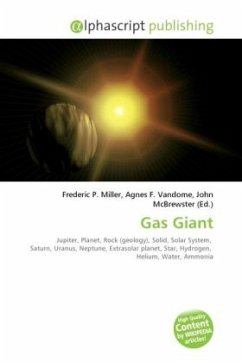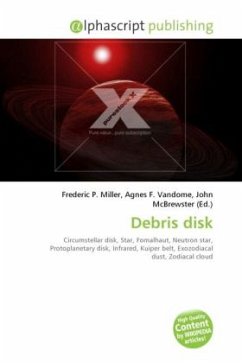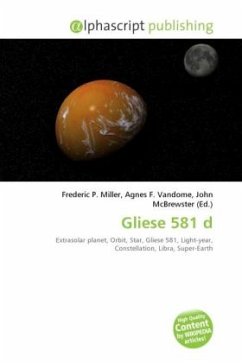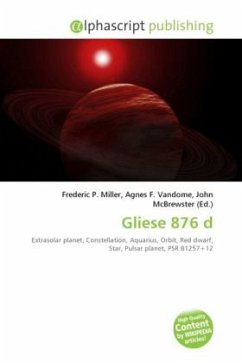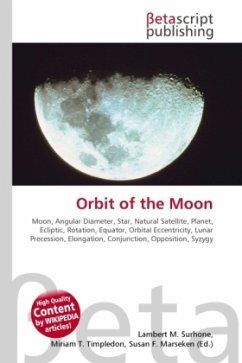A gas giant (sometimes also known as a Jovian planet after the planet Jupiter, or giant planet) is a large planet that is not primarily composed of rock or other solid matter. There are four gas giants in our Solar System: Jupiter, Saturn, Uranus, and Neptune. Many extrasolar gas giants have been identified orbiting other stars. Gas giants can be subdivided into different types. The "traditional" gas giants, Jupiter and Saturn, are composed primarily of hydrogen and helium. Uranus and Neptune are sometimes considered a separate subclass called ice giants, as they are mostly composed of water, ammonia, and methane; the hydrogen and helium in Uranus and Neptune is mostly in the outermost region. Among extrasolar planets, Hot Jupiters are gas giants that orbit very close to their stars and thus have a very high surface temperature; perhaps due to the relative ease of detecting them, Hot Jupiters are currently the most common form of extrasolar planet known
Bitte wählen Sie Ihr Anliegen aus.
Rechnungen
Retourenschein anfordern
Bestellstatus
Storno

